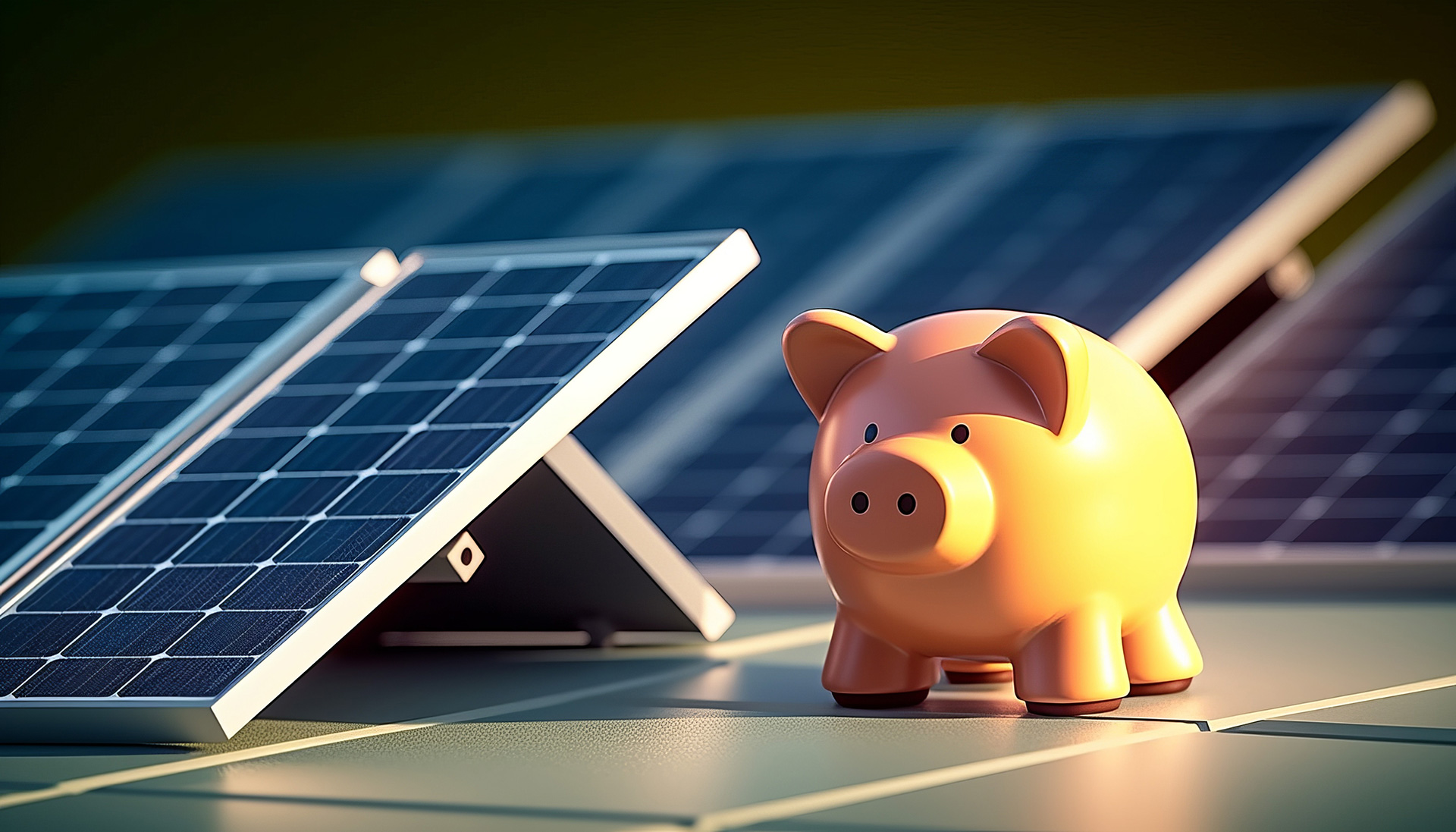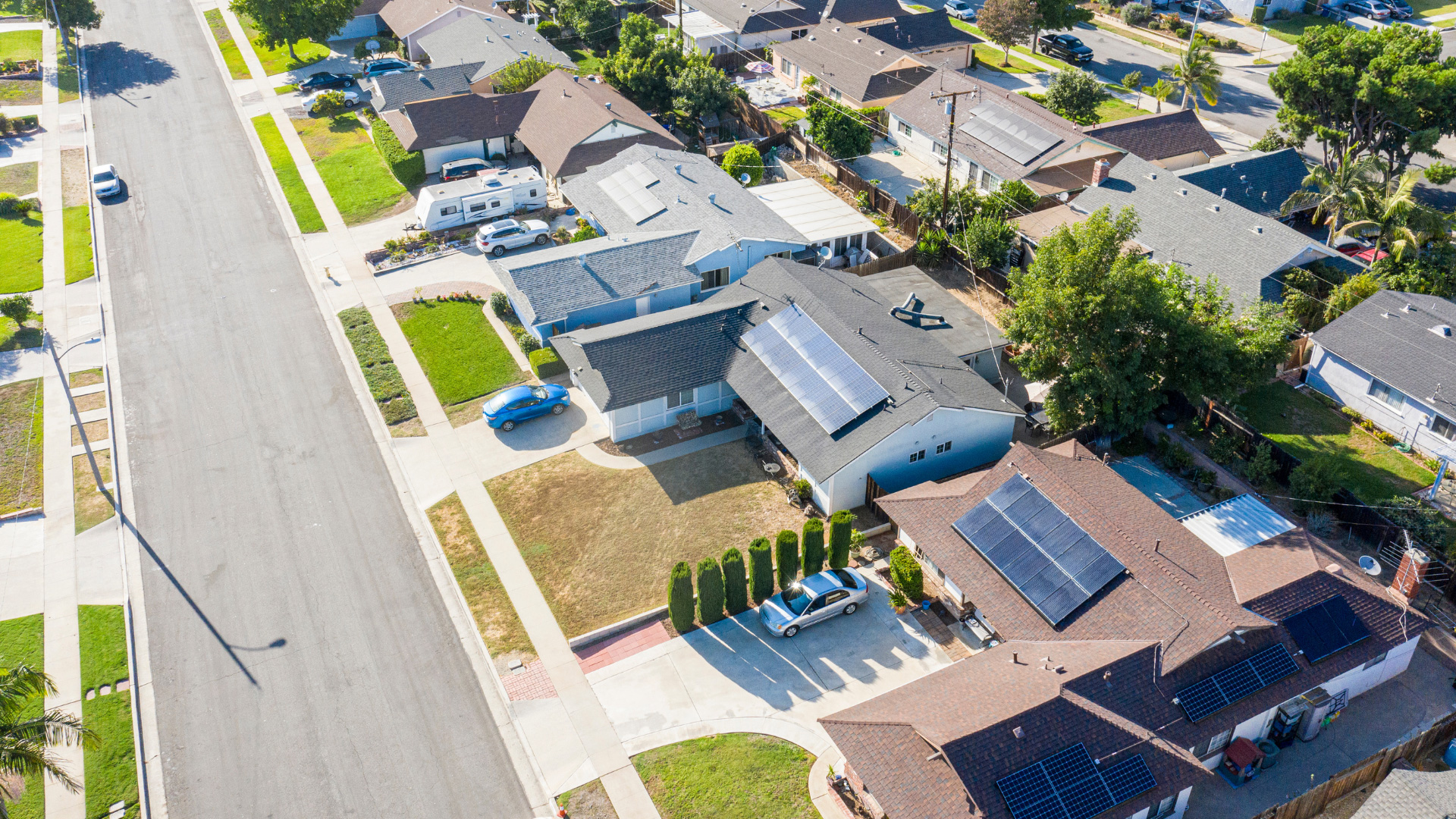The solar and clean energy industry has finally seen light at the end of the tunnel after the democrats and Senator Joe Manchin reached a consensus. A consensus that has given birth to the Inflation Reduction Tax, 2022. The bill is a major win for the solar industry since it seeks to gradually cut down the installation cost of solar equipment. It provides for a ten-year extension of 30% of the cost which will gradually go even lower to 26% in 2033 and 22% in 2034.
One other advantage of this bill is that once it is passed, it will apply retroactively to cover all the people who installed their solar system from the beginning of 2022. The tax credit applies to residential users of solar technology, hence the 30% cut will be of much relief to them for batteries over 3 kWh.
How does this affect commercial solar?
Per the bill, the commercial solar projects will receive the 30% ITC until 2025 and subsequent credits after that shall depend on the determination by the Department of Treasury whether the carbon reduction goals have been achieved. The ITC will apply to commercial projects for batteries with over 5 kWh and after depending on the Department of Treasury once again.
Although the bill is retroactive and offers a bit of relief to the adopters of solar technology, it does not have a refundability clause that most were hoping it would incorporate. Refundability suggests that the tax credit value exceeding the total amount of tax owed in a year would be refunded in the form of cash. Lack of such a provision is highly likely to affect the credit value for some people. Moreover, it also understood that the bill only provides for direct pay to local or state governments, and non-profit organizations but not for the residential projects.
Who benefits from the ITC?
This is a win for the parties involved since the non-profit organizations would not have to partner with tax equity institutions to manage their solar technology installation as was the case before.
The credit is understood to provide a bit of a cover to developers with little or no tax liabilities in a manner that will consider the credit as being an overpayment. This amount is refundable to the developers in the form of cash repayment. It also allows for the transferability of credits after 2022 for both ITC and PTC. This would allow small solar projects to get financial assistance from individuals and not necessarily depend on the big banks as it was before the bill, thus encouraging them to keep investing in such projects.
Further, per ROTH Capital Partners the application of the appropriate address to the tax credit depending on the project location, domestic use, and type of organization has the ability to raise the tax credit to as much as 50%. It envisions adders such as;
- 10% domestic content usage
- 20% for projects under 5 MWAC which can be considered as low-income residential units.
- 10% for projects under 5 MWAC situated in low-income tribal lands and the same for being in “energy communities“.
The bill also allows the commercial solar projects to decide whether they will receive ITC or PTC which is currently going at $0.026/kWh and is bound to rise with inflation. As opposed to the ITC, the PTC is based on the project output and is claimable annually for the ten-year period of the credit from the date the project is set in service. PTC has more advantages for projects with low-costs but high outputs. It also allows commercial solar projects under 5 MWAC to get ITC for their interconnection expenses.
What happens next?
Finally, all said, what remains now is the implementation. This then calls upon the Senate to pass the bill and make it a binding law. Should the Senate strike it out, all the perceived benefits would remain to be dreams and wishes. However, until then, all are awaiting the voting by the Senate hoping to finally get through the other side of the tunnel
The 30% ITC solar savings are here to help you and your family create a better and more promising future. It has never been simpler to achieve energy freedom. We’ll offer you solar solutions that meet your power needs and budget, contact us to get started.







